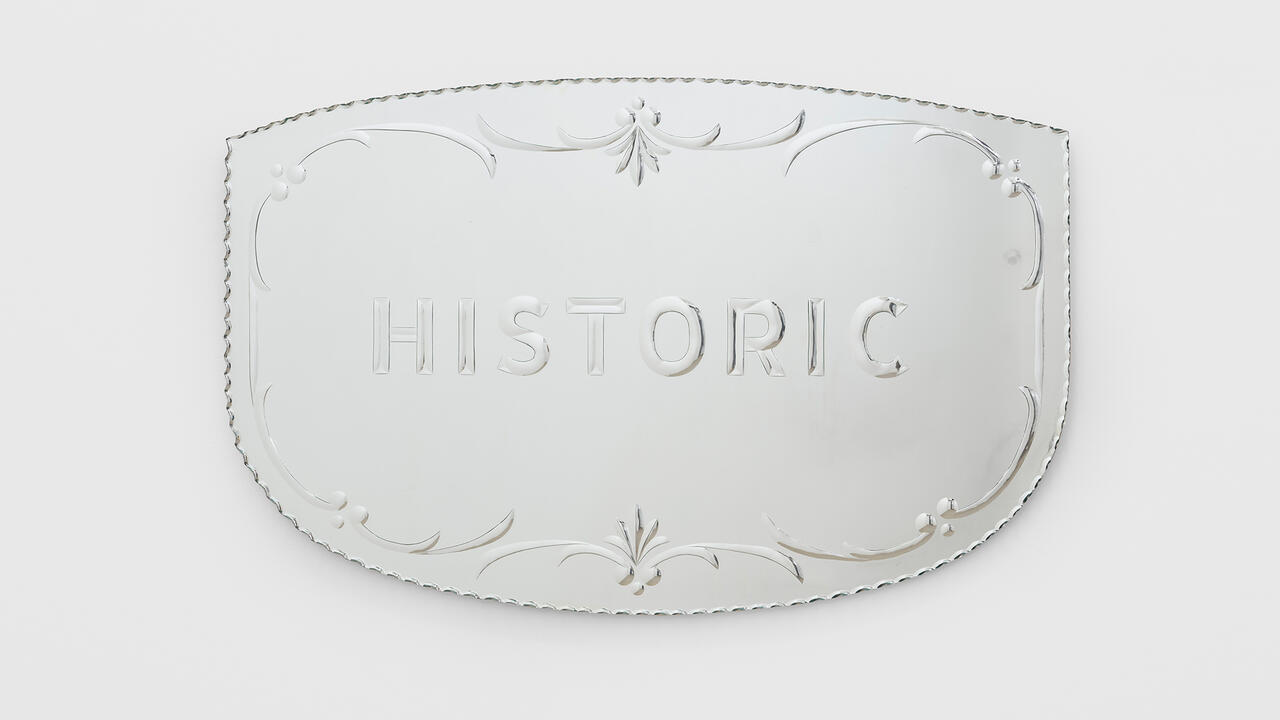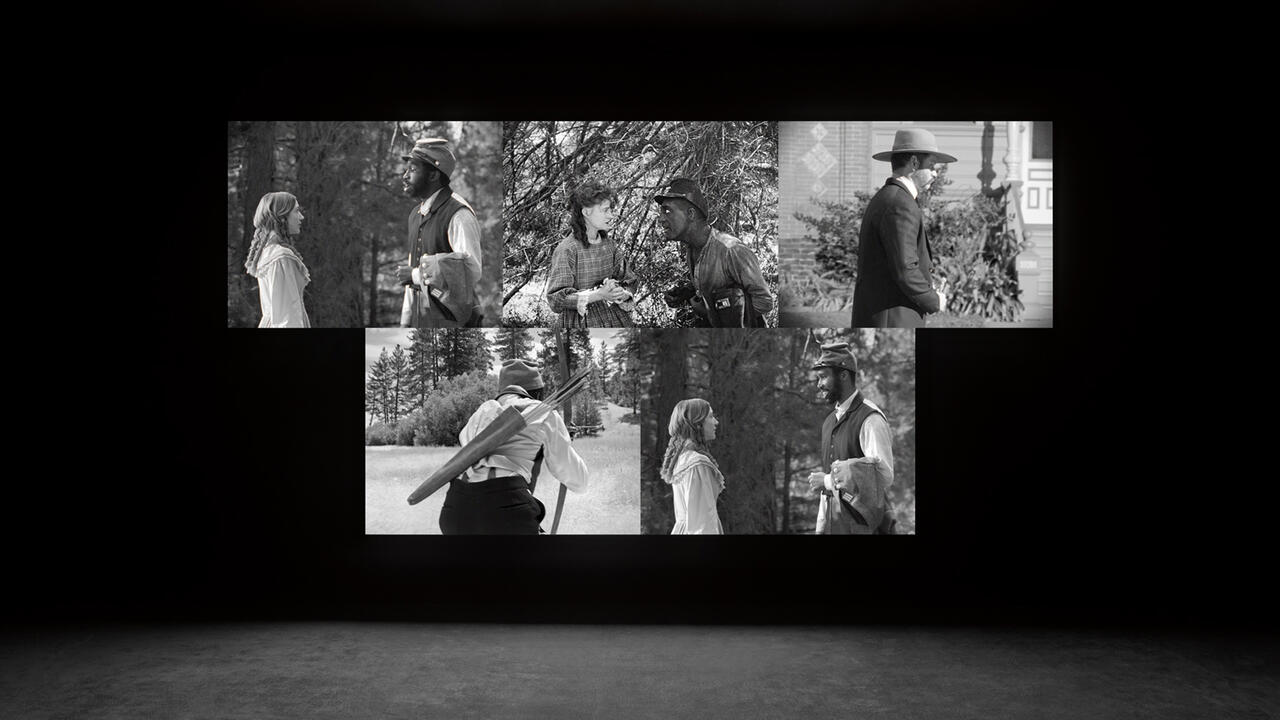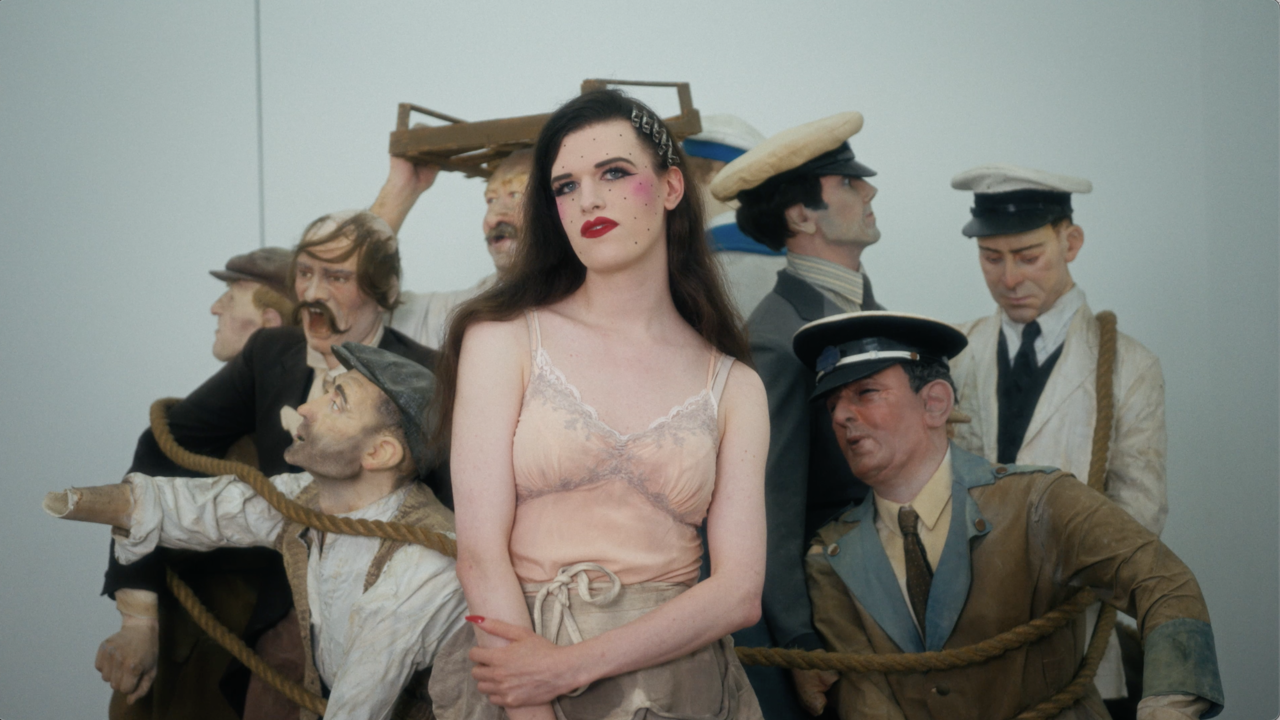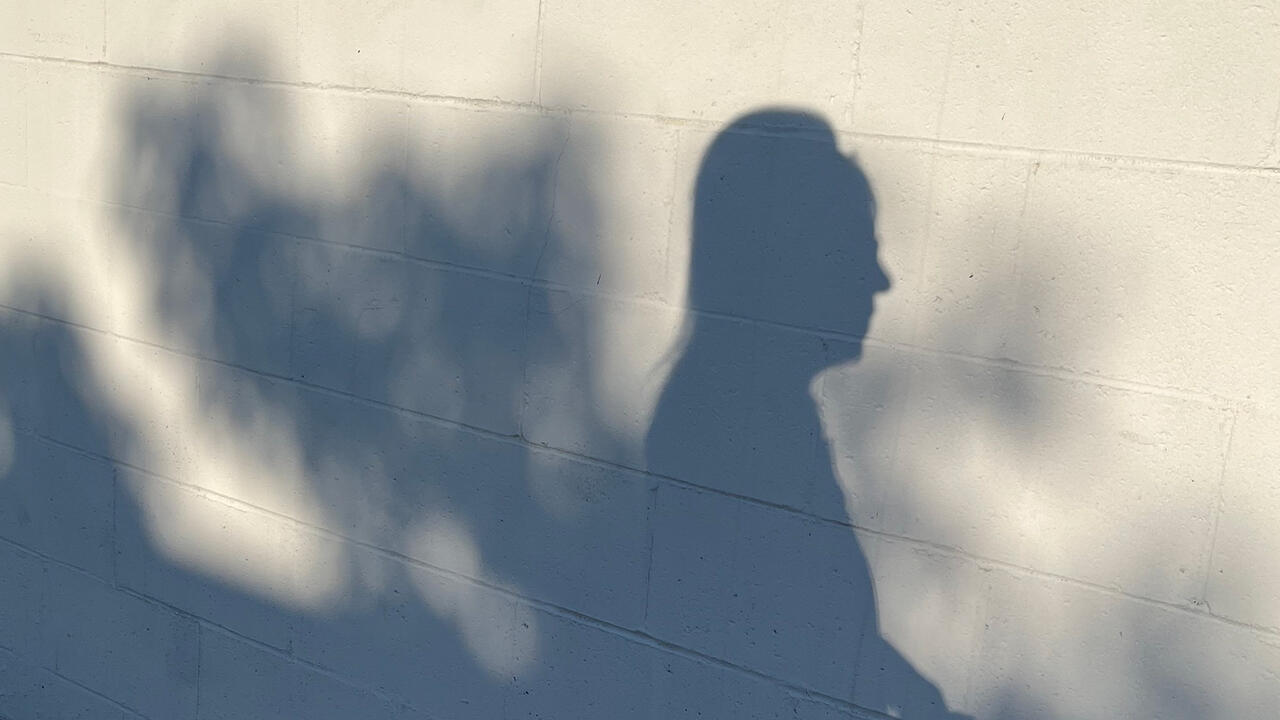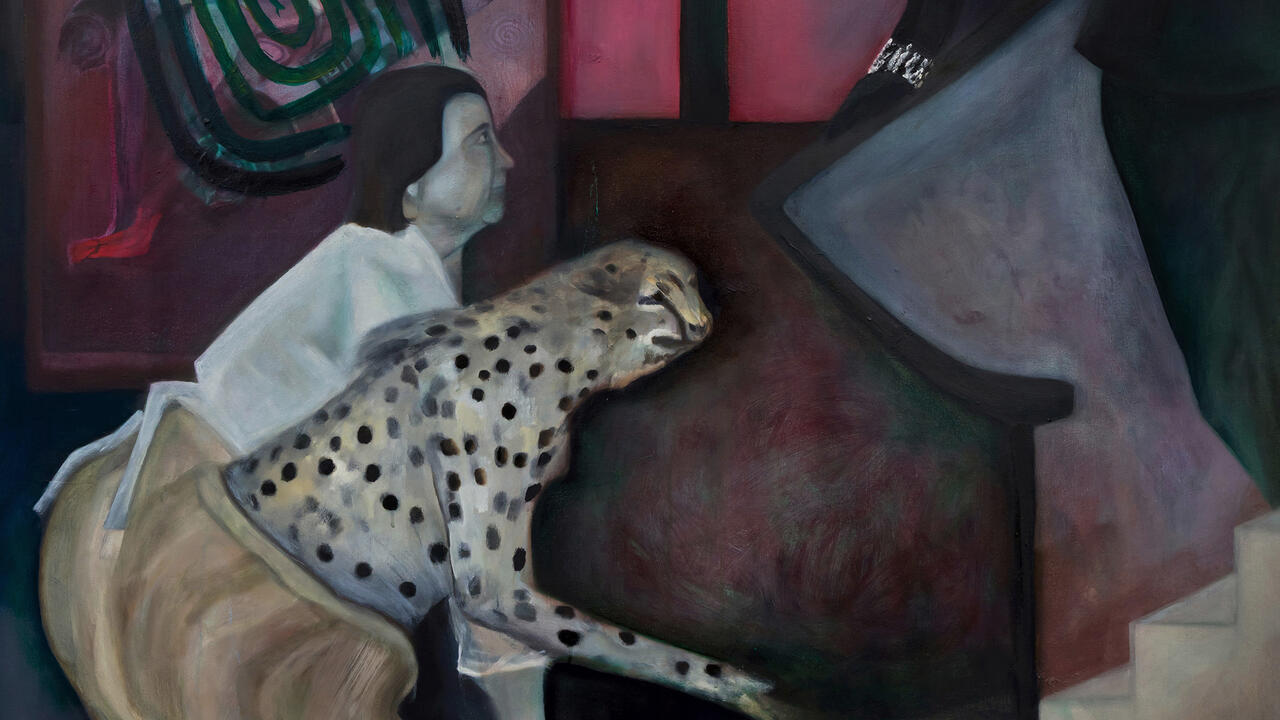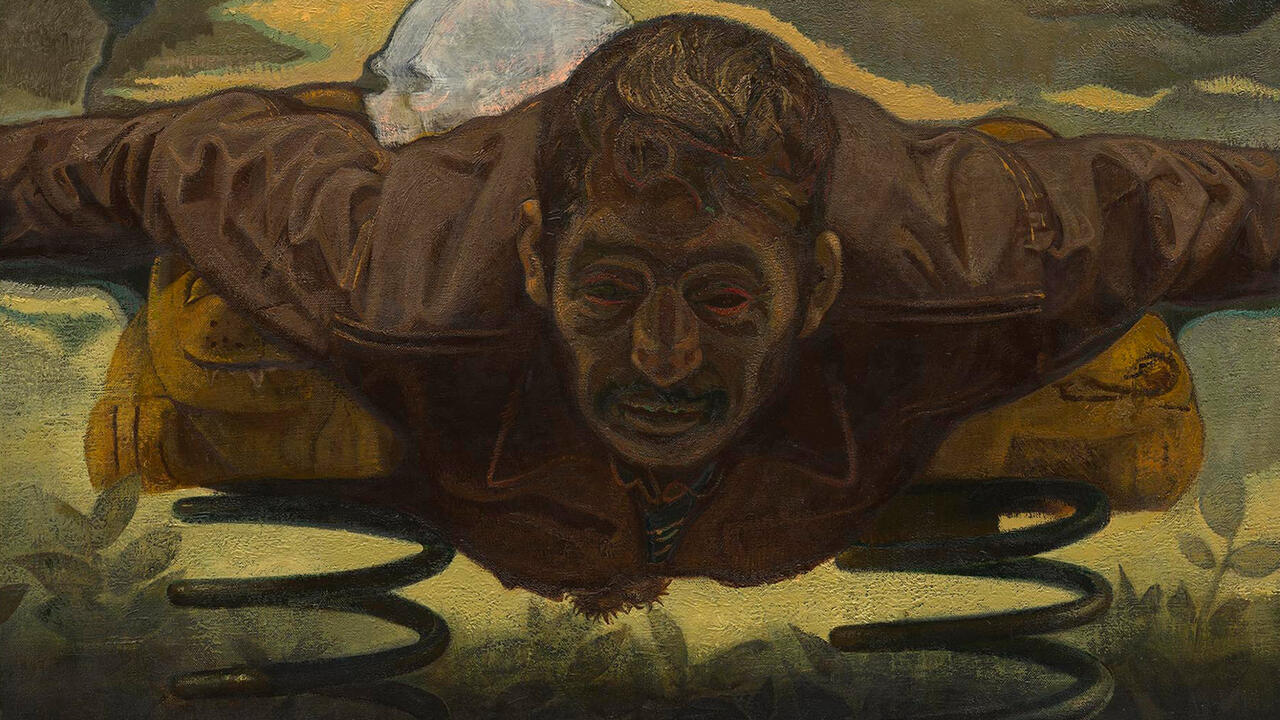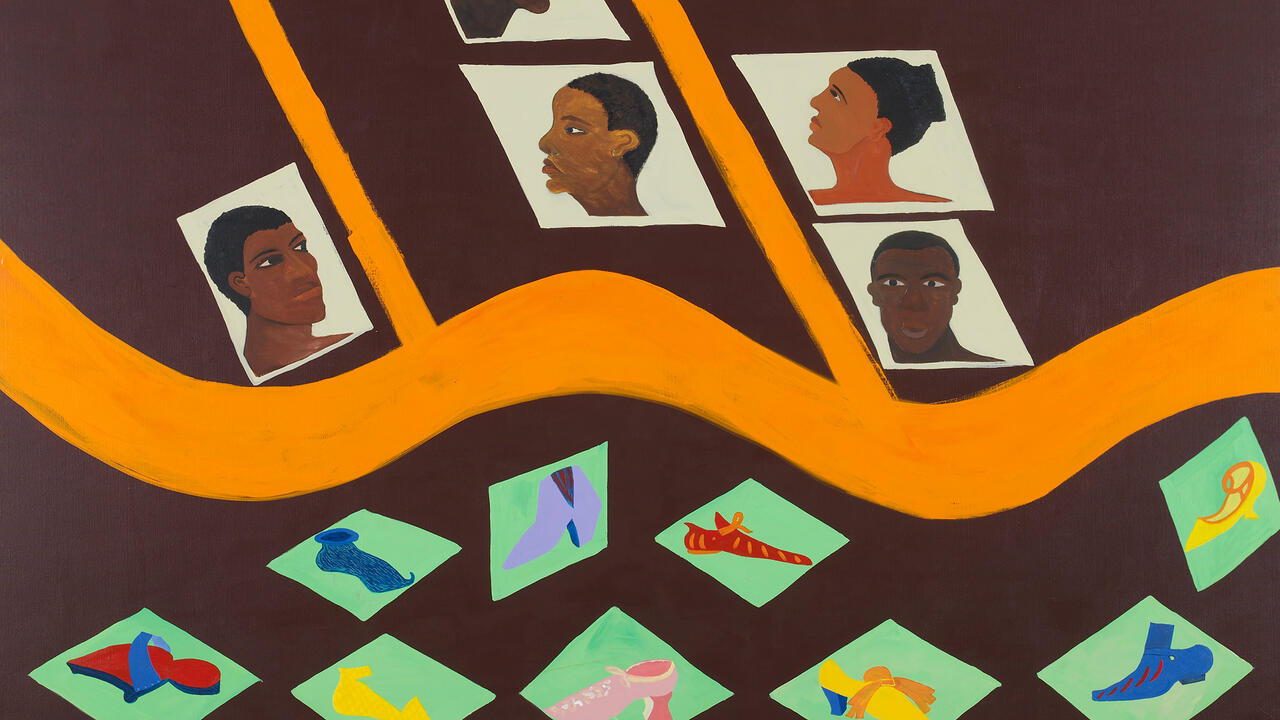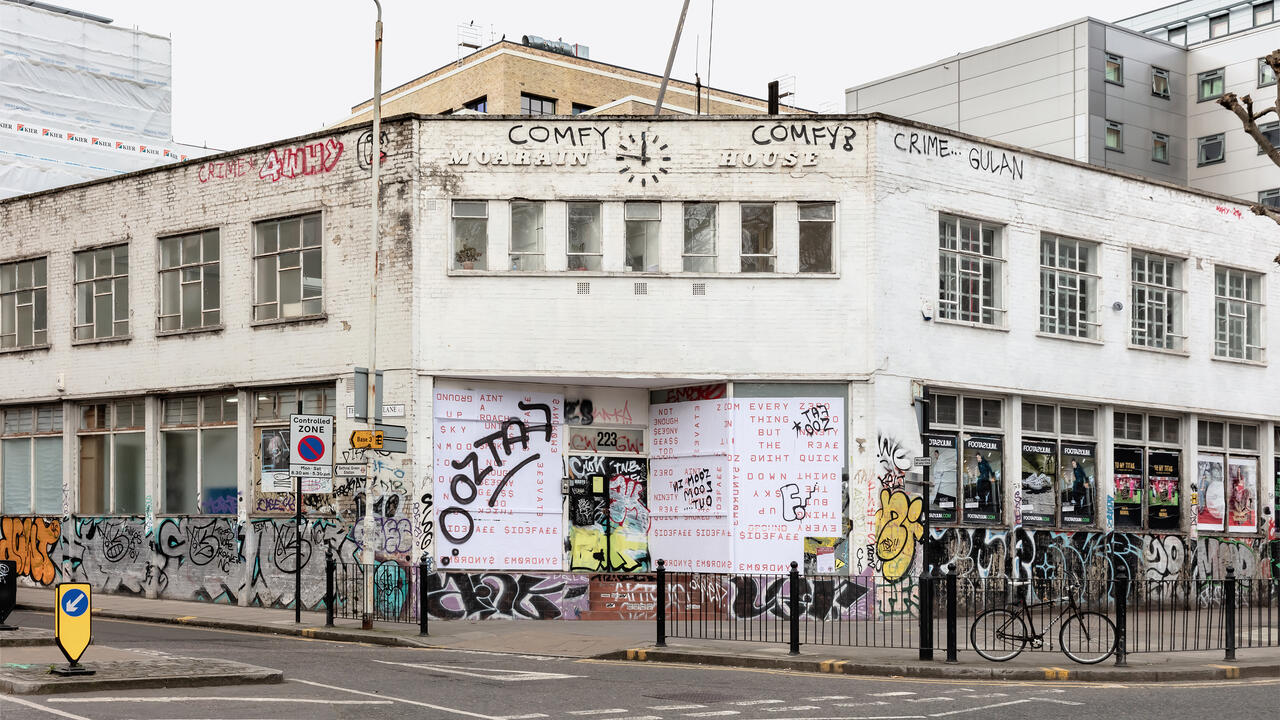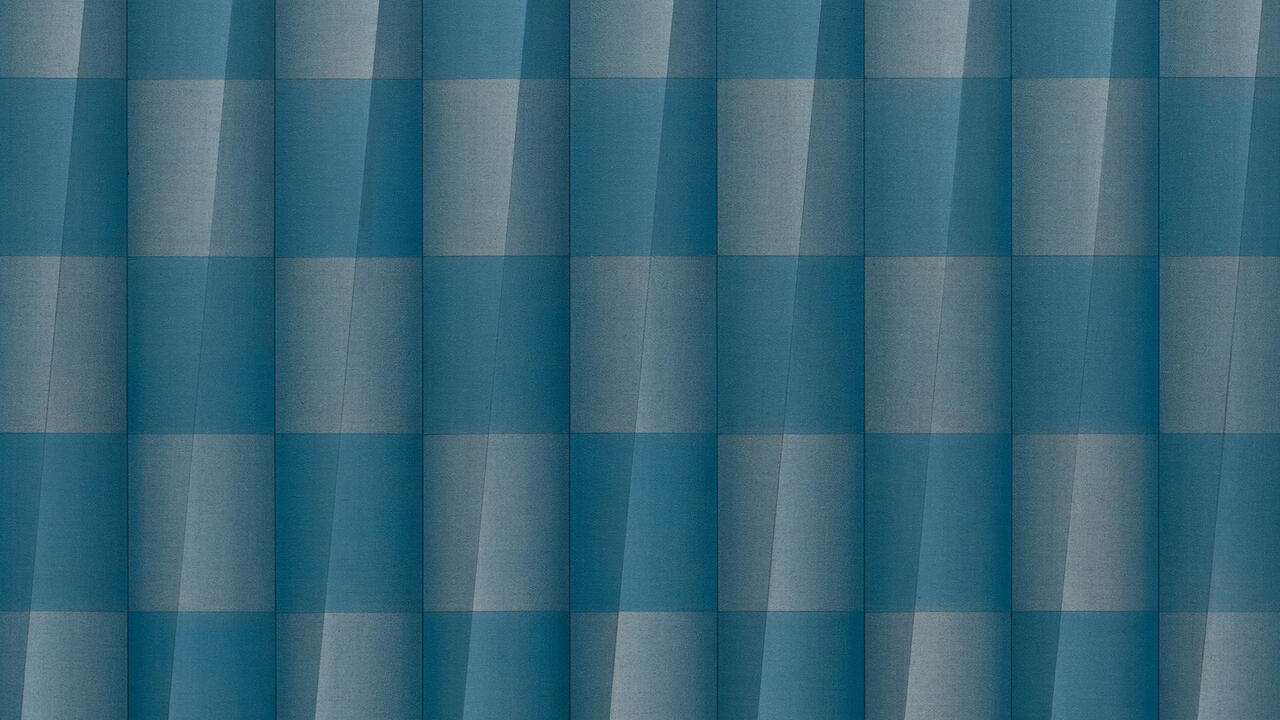In Focus: Lawrence Lek
A utopian world-in-progress
A utopian world-in-progress

Italo Calvino’s Le città invisibili (Invisible Cities, 1972) is a beguiling and addictive novel. Composed of 55 prose poems, the text is built around a series of conversations between Kublai Khan, the Emperor of the Tartars, and the young explorer Marco Polo, who Khan asks to recall the distant cities of the West. The Emperor does not always believe Polo’s account, but he indulges it, for, while other envoys have brought him concise reports of his fast-crumbling empire, Polo’s artful descriptions and fictional embellishments allow Khan to see past the physical and locate within his increasingly ruinous dominion something pure, something ‘so subtle it could escape the termites’ gnawing’.
Born in Frankfurt, but now living in London, Lawrence Lek makes use of his architectural background to achieve a similar effect to Polo’s fictions in his work, albeit in a modernized way. Lek’s ongoing project ‘Bonus Levels’ (named after the concealed areas of computer games where rules are suspended) has been growing since 2013, a world-in-progress that sees localized elements of the artist’s reality repositioned within an ersatz zone of dysfunction and uncertainty. Comprising performances, installations and, most prominently, real-time computer games, Lek’s unidealized world is utopian in the original meaning of the word – ou-topos: no-place – an abstract, weightless land where the established is dethroned, the permanent trivialized and the status quo held up to an unconventional, digital interrogation.
Taking hold of one of two game controllers connected to Sky Line (2015), a multi-screen installation of two real-time simulations and one looped video, the viewer steps onto a stuttering London Underground station. The platform, like the interior of the carriage and the cityscape in the distance, is faithfully realized, but each station has been replaced by an independent art space and, when the train finally pulls out, the capital falls away, the circular tracks left hovering above a flickering, boundless reservoir. Immediately, questions bubble to the surface. Is this what an artistic paradise might look like: a city bearing little, if any, resemblance to an actual city? And can we infer that through a similar act of destruction, creation might be born?
This dismantling of known or recognizable urban landscapes is visible in the surrounding chapters of ‘Bonus Levels’. Projected onto a large outdoor screen and navigated by another game controller, the dilapidated innards of the east London cinema rendered in Dalston, Mon Amour (2015) back onto a sprawling desert plane, while Unreal Estate (The Royal Academy Is Yours) (2015) depicts the Royal Academy of Arts – a pompous Jeff Koons bunny in the forecourt – which has been sold to a Chinese oligarch. In Shiva’s Dreaming (2014), the glass panes of the Crystal Palace, which burnt to the ground in 1936, shatter to the floor with every turn. Taken from Werner Herzog’s Heart of Glass (1976), a subtitle reads: ‘Everything is covered in snow.’

Through such orchestrated destruction, Lek aims to inject dysfunction into the everyday; through fragmentation and redistribution, the artist confuses the accepted meanings of his architectural forms. They are no longer deployed as wholly utilitarian structures and they cease to stand as physicalized statements of intent from overly influential figures of authority – Anish Kapoor’s tentacled ArcelorMittal Orbit (2012), depicted in Delirious New Wick (2014), comes to mind. Instead, they are refreshed. In New Louvre (2013), Memory Palace (2014) and First Person (2015), a site-specific performance-cum-virtual tour staged at the Delfina Foundation, London, earlier this year, Lek loyally renders the Louvre in Paris, the Tabularium in Rome, and the foyer of MOMA, New York. These structures retain their form but, having been jettisoned into an alien environment, they shed their established connotations, be they social, political or personal, and welcome total reconsideration.
If, to generate such instability in his animations, Lek introduces the real into the fantastical, then for his physical interventions, broadly titled ‘Prosthetics’ (2011–ongoing), he does the opposite: materializing the alien in order to measure the ever-diminishing gap between reality and the virtual. In part, Lek borrows his notion of the prosthetic from Sigmund Freud, who, following the fitting of an artificial palate and jaw, described such physical appendages as the fulfilments of fairy-tale wishes. ‘When he puts on all his auxiliary organs’, Freud wrote in Civilization and Its Discontents (1930), ‘Man has, as it were, become a kind of prosthetic God.’
Often reproduced within his animations, Lek’s ergonomic enhancements manifest as modular systems of plywood. These either house the viewer during observation, as in the case of the curved cupola Portal Pavilion (2012), the supports of which, inspired by Rorschach’s inkblot tests, act as the control room for Sky Line. Or they are physically worn, as with Gravity Prosthetic (2013), a fin-like construction intended to improve the wearer’s ability to jump. These structures are emblems of a contemporary society within which human interaction is increasingly mediated by manufactured, synthetic, non-human objects: additional extremities that we require to feel complete. Even as I write this, at a desk in my empty flat, I am communicating with four people in two cities via a pair of devices and three messaging apps. In more ways than one, then, Lek’s hyper-processed worlds may not be as fictitious as they seem.

Polo’s tangential ramblings in Invisible Cities are captivating not because they are solely informed by fantasy, but because the cities he describes bear an uncanny resemblance to our own. Take the continuous Trude, which organically replicates itself across the world. Despite the wealth of hyperbole and fabrication at his disposal, Polo conveys this peculiarity through a mimicry of quotidian encounters: ‘I already knew the hotel where I happened to be lodged; I had already heard and spoken my dialogues with the buyers and sellers of hardware; I had ended other days identically, looking through the same goblets at the same swaying navels.’
Within this liminal realm, these geographies have the capacity to beguile but also to inform, to entertain but to give counsel. Whether in digital or physical form, Lek’s works do the same. As you navigate skeuomorphic landscapes or sit within anomalous wooden pavilions, you come to re-evaluate your immediate surroundings in ways that might just reveal a glitch: a previously unobserved blemish upon a forgotten facet of reality. And the thing about glitches in programming is that, once noticed, they are rarely forgotten. As Lek himself says, his digital vistas are merely starting-points. The true bonus level begins once the viewer has departed, when a renewed awareness can be applied to the everyday. Only then can new questions be asked, new associations made and new worlds constructed.
Lawrence Lek lives in London, UK. This year, he won the Converse/Dazed Emerging Artist Award at the Royal Academy of Arts, London, UK; his work was also included in ‘Performance as Process’, Delfina Foundation, London; and in ‘Faith Dollars, Taxfree Imagination & Uptown Bliss’, Assembly Point, London. Currently, his work is included in ‘The Uncanny Valley’, Wysing Arts Centre, Cambridge, UK, which runs until 8 November, and ‘Software, Hard Problem’, Cubitt Gallery, London, which runs until 15 November. In April 2016, Lek’s new site-specific project will be included in a group exhibition at Tramway, Glasgow, UK, as part of the Glasgow International festival.









